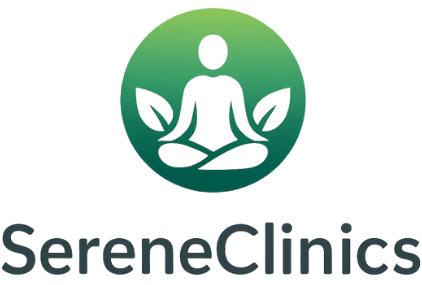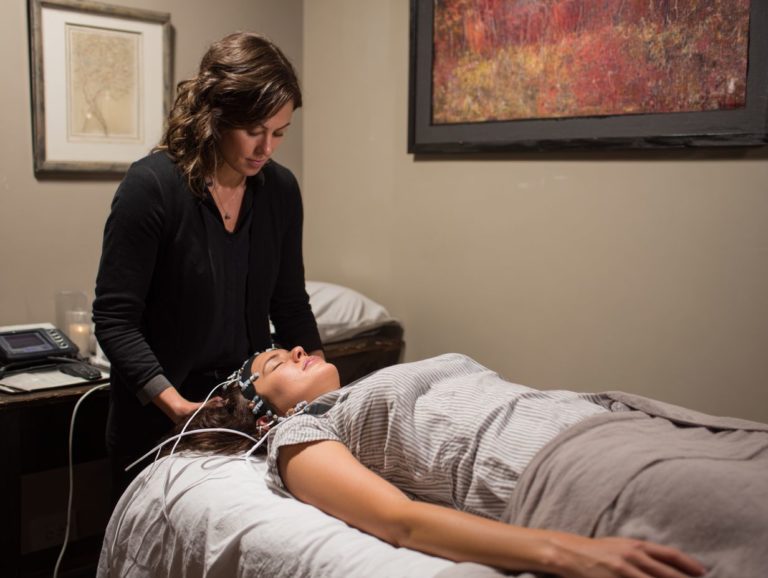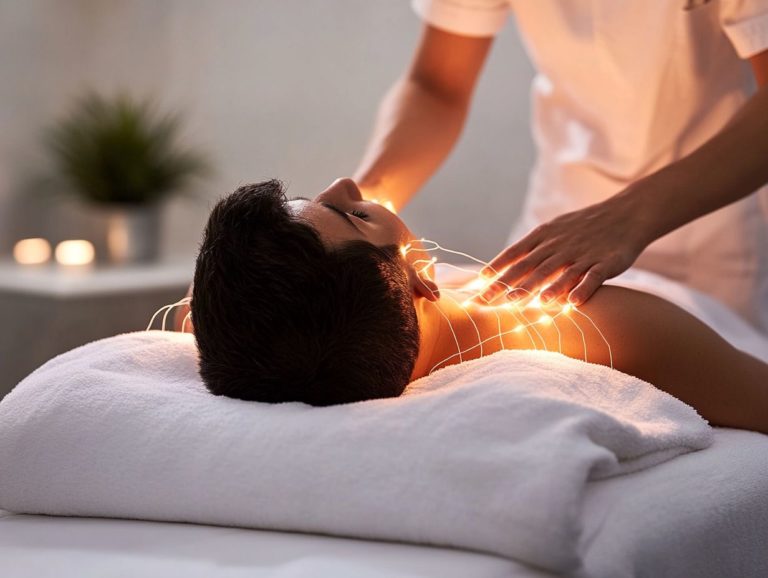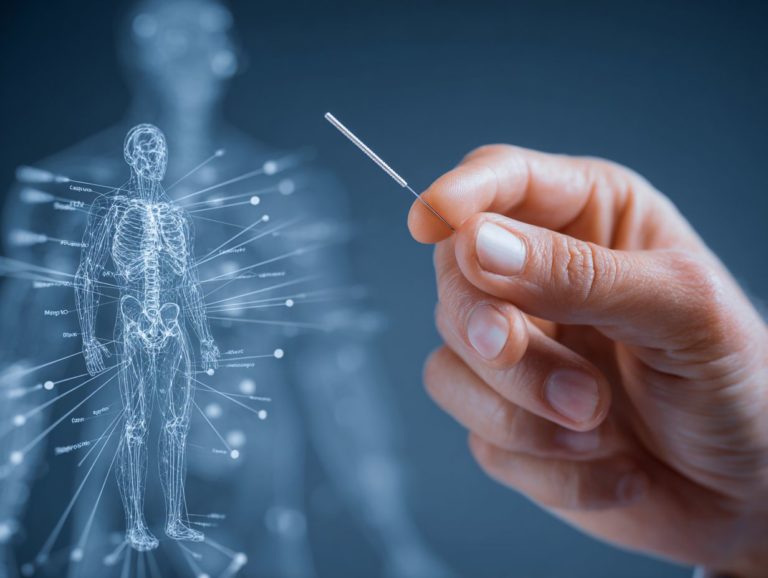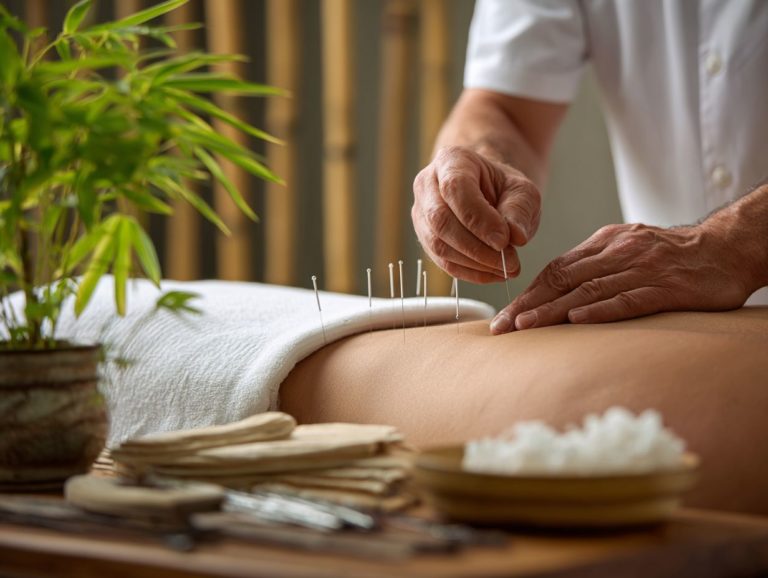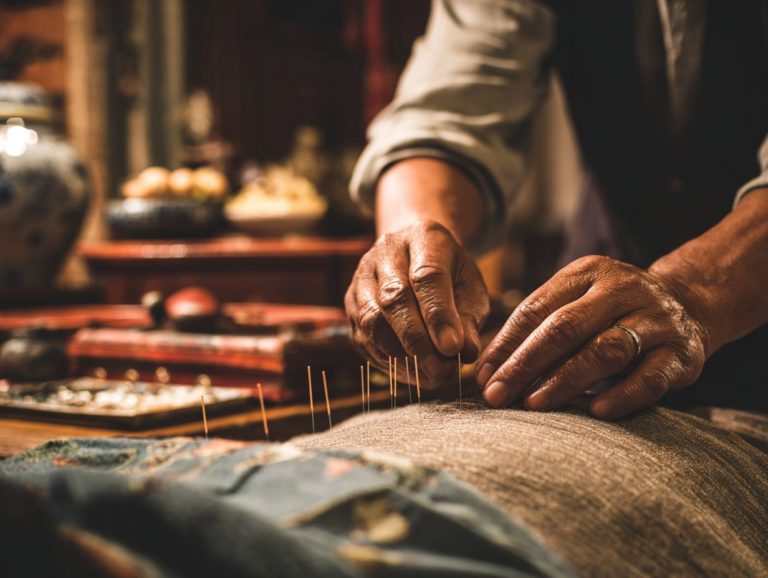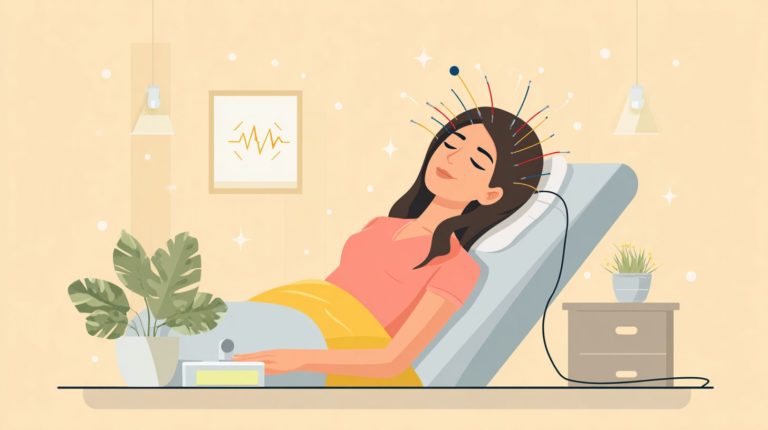Manual Acupuncture: Stimulation Parameters and Techniques
Contents
- 1 Introduction to Manual Acupuncture
- 2 Stimulation Parameters
- 3 Techniques of Manual Acupuncture
- 4 Acupuncture Techniques and Usage Data
- 5 Indications for Manual Acupuncture
- 6 Contraindications and Precautions
- 7 Research and Evidence
- 8 Frequently Asked Questions
- 8.1 What is manual acupuncture?
- 8.2 What are the different stimulation parameters used in manual acupuncture?
- 8.3 What are the different techniques used in manual acupuncture?
- 8.4 What types of conditions can be treated with manual acupuncture?
- 8.5 Is manual acupuncture safe?
- 8.6 How many sessions of manual acupuncture are needed to see results?
Introduction to Manual Acupuncture
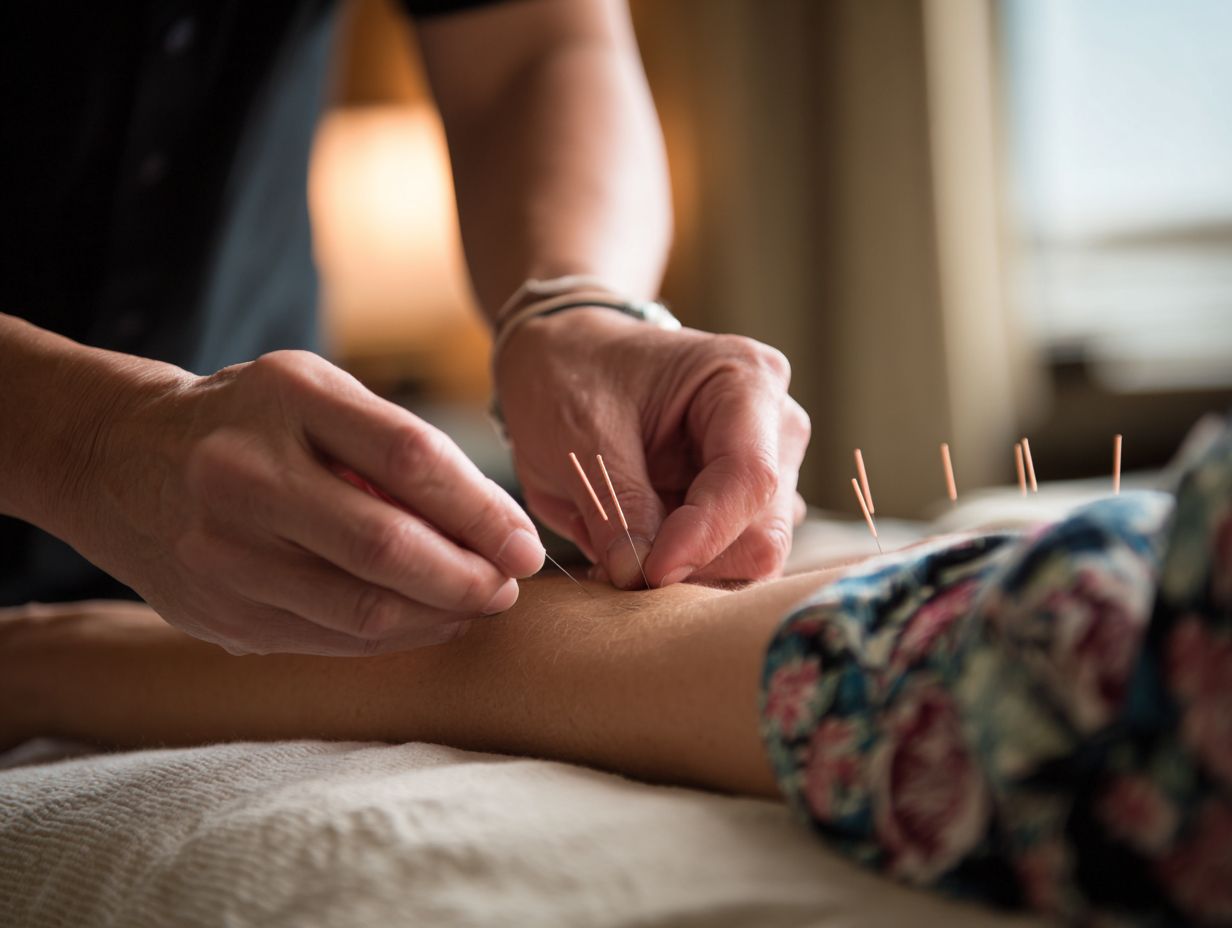 Manual acupuncture is an age-old method that improves health by focusing on specific stimulation methods and approaches. By knowing kinematic and kinetic factors, practitioners can choose the best manipulation method for each patient. Manual acupuncture uses hand techniques for therapeutic effects, while electroacupuncture involves electrical stimulation. This article explores different stimulation settings and methods, offering information to improve your practice and patient results.
Manual acupuncture is an age-old method that improves health by focusing on specific stimulation methods and approaches. By knowing kinematic and kinetic factors, practitioners can choose the best manipulation method for each patient. Manual acupuncture uses hand techniques for therapeutic effects, while electroacupuncture involves electrical stimulation. This article explores different stimulation settings and methods, offering information to improve your practice and patient results.
Key Takeaways:
Definition and History
Manual acupuncture, defined as the insertion of thin needles at specific acupuncture points, has been practiced since ancient times, with historical texts illustrating its evolution.
The earliest reference is found in the Huangdi Neijing, a foundational text dating back to the 2nd century BCE, which outlines diagnostic and treatment principles.
Throughout the centuries, different dynasties have shared their knowledge, improving techniques and ideas. By the Ming Dynasty, texts like the Zhen Jiu Da Cheng standardized many practices used today, as detailed in an extensive exploration by Britannica.
Currently, manual acupuncture is often integrated with modern pain management techniques, emphasizing patient-centered approaches that honor both tradition and contemporary evidence. If interested, consider exploring this [comprehensive patient guide on assessing acupuncture benefits](https://sereneclinics.com/holistic-health/traditional-medicine-systems/traditional-chinese-medicine/acupuncture/acupuncture-for-pain-relief/acupuncture-benefits-guide/).
Importance in Traditional Chinese Medicine
In traditional Chinese medicine, manual acupuncture is essential for restoring balance in the body’s energy flow and enhancing overall wellness.
Manual acupuncture works effectively alongside other traditional Chinese medicine (TCM) practices, such as herbal treatments and dietary therapy. Learn more about the techniques and benefits of manual acupuncture to better understand its role in holistic health.
For instance, a patient suffering from chronic migraines might receive acupuncture to alleviate immediate pain while incorporating herbal remedies like chrysanthemum tea to reduce inflammation. According to UCLA Health, these practices are integral to maintaining health and preventing disease.
Practitioners often recommend specific dietary adjustments to complement treatment, such as increasing omega-3 fatty acid intake through foods like walnuts and flaxseeds.
This method treats symptoms and also supports lasting health and energy, leading to thorough healing results.
Stimulation Parameters
Understanding the stimulation settings is key to improving manual acupuncture treatments. For a deeper dive into this topic, consider exploring our manual acupuncture techniques and differences guide.
Types of Stimulation
There are different types of stimulation in manual acupuncture, such as mechanical, electrical, and thermal methods, each suited to particular therapeutic needs.
Moving the needles by hand can improve the healing effects. For instance, gently twisting a needle can increase blood flow and promote relaxation.
Electrical stimulation uses small electrical currents applied to needles to treat pain and muscle tightness. This method is particularly beneficial for chronic pain management. According to a study featured in ScienceDirect, modern acupuncture-like stimulation methods, including electrical techniques, are increasingly recognized for their efficacy in managing various conditions (our insights on electrical acupuncture in Chinese medicine provide further understanding).
Thermal stimulation involves heat applications through moxibustion, which can alleviate cold sensations and improve circulation. Each method’s selection depends on the patient’s condition and desired outcomes, enhancing overall effectiveness.
Depth of Needle Insertion
The depth of needle insertion is a key factor influencing the type and intensity of the therapeutic effect achieved during a manual acupuncture session.
To determine the appropriate depth for needle insertion, consider the specific body area and the patient’s tissue response.
For instance, on the abdomen, a depth of 0.5 to 1 inch is often sufficient, while for the gluteal region, deeper insertions of 1 to 2 inches might be required.
Always monitor the patient’s reaction; if they feel a strong sensation or discomfort, adjust the depth accordingly.
Calipers can measure depth accurately, offering reliable results and a method appropriate for different needs.
Duration of Stimulation
Duration of stimulation during acupuncture sessions can vary significantly, impacting the physiological changes experienced by patients.
Studies show that shorter sessions of 10-15 minutes can improve local blood circulation and effectively relieve sudden pain. On the other hand, longer sessions of 30-60 minutes can help with deeper relaxation and general well-being.
Chronic pain patients often find relief from the longer duration because it causes a greater release of endorphins.
As a practical guideline, practitioners may start with 20 minutes for initial sessions and adjust based on patient responses. Observing how patients react can assist in determining the ideal length of future sessions, ensuring the therapy is effective.
Frequency of Treatment
Setting how often you get acupuncture is important for getting the best results, particularly for long-term muscle pain relief.
Typically, patients start with two to three sessions per week during the initial phase, which lasts 4-6 weeks. For example, a patient with lower back pain may begin with sessions on Mondays and Thursdays, allowing for recovery and assessment in between.
Following this, the frequency can be adjusted to once a week or bi-weekly, depending on the patient’s individual response and improvement. Regular check-ins help keep treatment on track and fit the patient’s recovery schedule.
Techniques of Manual Acupuncture
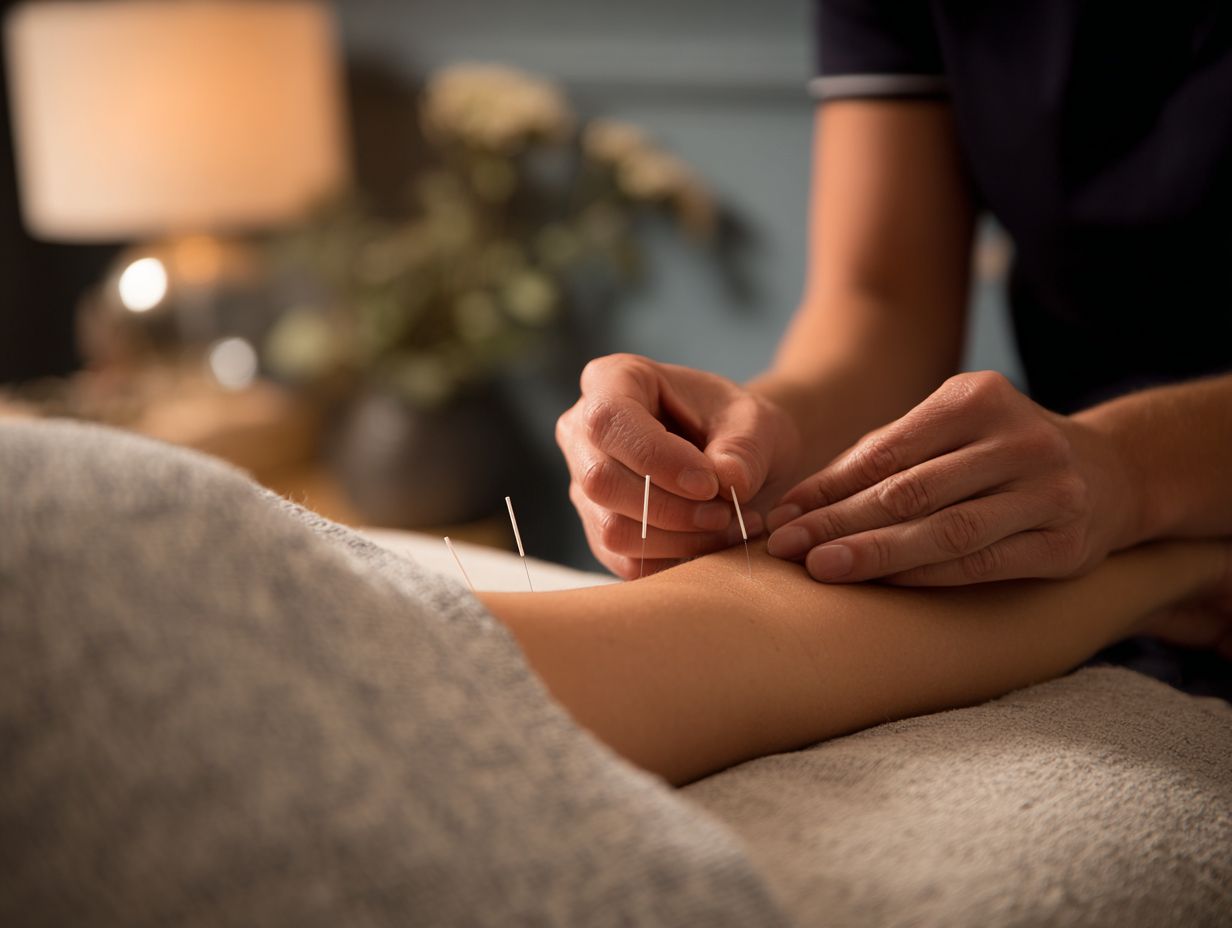
Manual acupuncture uses different methods that practitioners apply to improve treatment results through exact handling. This approach has been detailed further in our exploration of manual acupuncture techniques, highlighting its distinct differences and certification standards.
Acupuncture Techniques and Usage Data
Acupuncture Techniques and Usage Data
Acupuncture Global and US Statistics: Global Adoption
Acupuncture Global and US Statistics: U.S. Adoption Over Time
The data on Acupuncture Techniques and Usage shows data on how many people use acupuncture in the world and the U.S., a traditional Chinese medicine practice that is becoming more popular. This dataset highlights the extent of its acceptance across different regions and its growing appeal over the years.
Acupuncture Global and US Statistics starts with Global Adoption, showing that 103 countries have started using acupuncture techniques because of 129 countries reporting data. This suggests a significant worldwide acceptance, with approximately 80% of the surveyed countries using acupuncture as part of their healthcare systems. The wide use of this technique shows it can fit into different cultural health practices and is seen as beneficial by many groups.
- U.S. Adoption Over Time reflects a gradual increase in acupuncture use, from 1.0% in 2002 to 2.2% in 2022. Though the increase in usage percentage may seem small, the fact that it has more than doubled over twenty years shows that alternative medicine is becoming more accepted and trusted in U.S. healthcare. Factors contributing to this rise may include increased awareness of non-pharmacological pain management options, the growing popularity of integrative health practices, and broader insurance coverage for acupuncture treatments.
The data indicates that while acupuncture is widely used globally, its adoption in the U.S. is progressing at a steady pace. This indicates a possibility for growth as more people look for thorough and alternative treatments. As healthcare evolves, using traditional methods like acupuncture can provide more personalized care for patients.
Needle Insertion Techniques
Successful needle insertion methods are essential in manual acupuncture, with particular methods adjusted for various acupuncture points.
Two common techniques are the twirling method and the lifting-thrusting approach.
For the twirling method, hold the needle at a 30-degree angle, gently insert it to a depth of about 1-2 cm, and then rotate it clockwise while applying light pressure. This increases the activity of the meridian.
Conversely, the lifting-thrusting method involves inserting the needle quickly to the desired depth and then pulling it back slightly before pushing it in again, which can invigorate energy flow.
Practicing these techniques on practice pads allows for refining skills without patient involvement.
Manipulation Techniques
Manipulation techniques in acupuncture, such as the lifting-thrusting method, significantly affect the treatment’s therapeutic effect and patient comfort.
Different manipulation techniques have distinct applications and results.
For instance, the lifting-thrusting method effectively stimulates specific acupoints, enhancing circulation and relieving pain. In contrast, the slow and steady push technique is beneficial for patients with chronic conditions, promoting relaxation and balance without causing discomfort.
Clinical feedback shows that using customized methods, such as combining lifting and thrusting with gentle rotations, can lead to better results in treating pain and increase patient satisfaction. Practitioners should assess each patient’s response to tailor these methods effectively.
Retention Techniques
Leaving needles in the body for a longer time can strengthen the healing effect of manual acupuncture.
Typically, needles are retained for 20 to 40 minutes, depending on the patient’s condition and treatment goals. This duration allows for deeper energetic connection and a more prolonged therapeutic effect.
For chronic pain conditions, extending the retention time to one hour may yield better results. Practitioners often use moxibustion or heat lamps during this time to help relax the patient and improve the effectiveness of the treatment.
Watching the patient’s comfort is important for a good experience and to get the best treatment results.
Indications for Manual Acupuncture
Manual acupuncture is well-known for its effectiveness in treating certain health problems, especially those related to muscles and bones, as well as helping with stress relief.
Pain Management
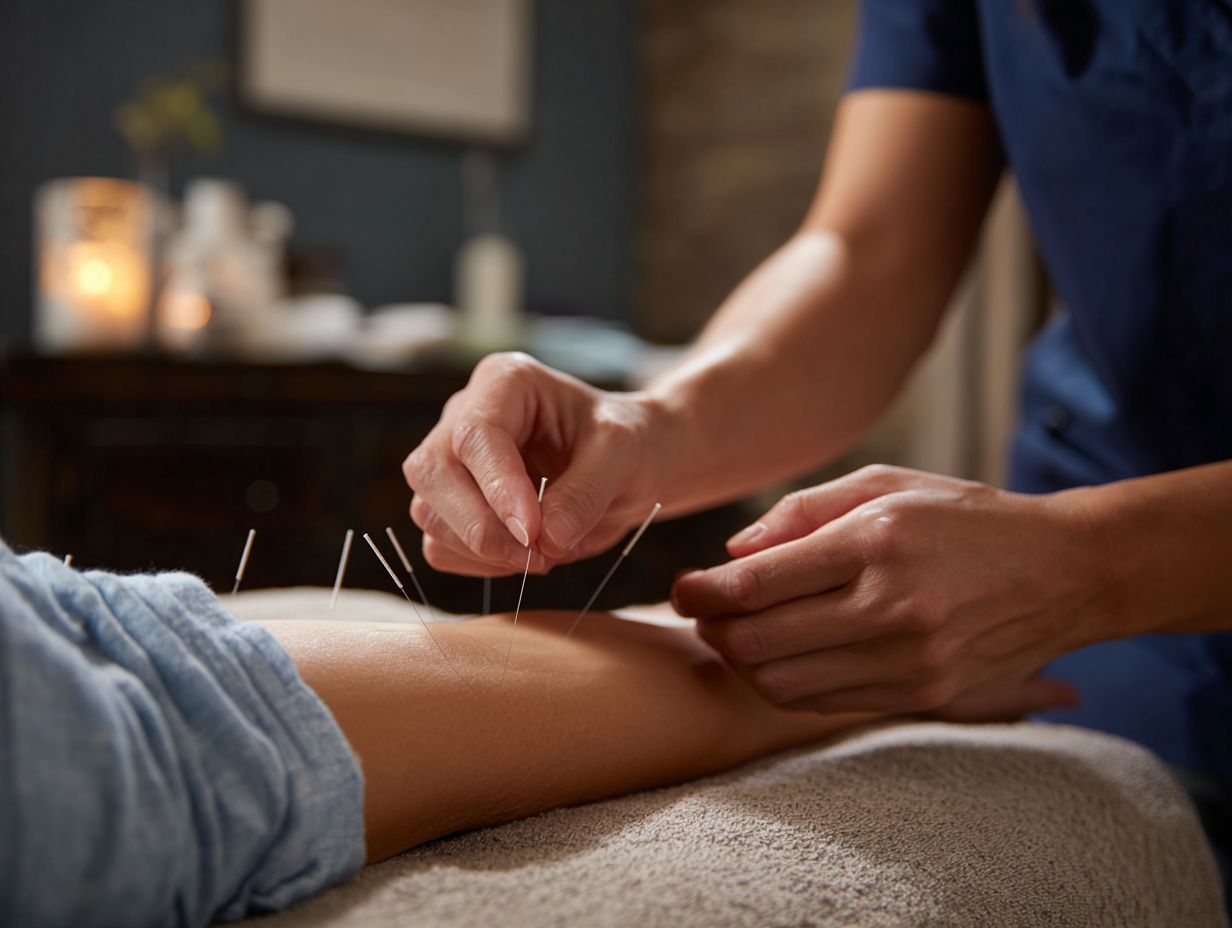
Research has shown that manual acupuncture can effectively control pain. Many studies have found a noticeable reduction in muscle pain after treatment.
Research indicates that manual acupuncture is particularly effective for managing conditions like lower back pain, osteoarthritis, and tension headaches.
For example, a 2018 study published in the Journal of Pain found that patients with chronic lower back pain experienced a 30% reduction in pain after six acupuncture sessions.
A review showed that using acupuncture along with regular treatments raises the chance of pain relief for osteoarthritis patients by 50%.
Combining acupuncture with physiotherapy can help you recover faster and is a useful option for pain management.
Musculoskeletal Disorders
Research indicates that manual acupuncture can alleviate various musculoskeletal disorders, resulting in notable physiological changes in the body.
For instance, clinical studies have shown that acupuncture effectively reduces pain and improves function in conditions like chronic lower back pain and osteoarthritis.
A randomized controlled trial published in the Journal of Pain found that patients receiving manual acupuncture reported a significant decrease in pain levels compared to those undergoing standard physical therapy.
Patient testimonials highlight its benefits; many have noticed improved movement and faster recovery times.
Combining acupuncture with standard treatments can improve patient results, providing a complete method for musculoskeletal health.
Stress and Anxiety Relief
The use of manual acupuncture for stress and anxiety relief has gained popularity, with studies showing its positive impact on mental health.
Manual acupuncture works by stimulating certain points on the body, which can help release endorphins and lower cortisol levels. Research has shown that patients receiving acupuncture report decreased levels of anxiety after just a few sessions.
If you want to try this method, find a licensed acupuncturist and talk about your stress issues. Many people find it helpful to use acupuncture along with mindfulness activities like meditation or yoga for better stress relief.
Contraindications and Precautions
Although manual acupuncture is generally safe, certain contraindications and precautions should be considered to keep patients safe and make sure the treatment is effective.
Medical Conditions
Certain medical conditions, such as bleeding disorders and pregnancy, may contraindicate manual acupuncture, necessitating careful patient evaluation.
When assessing patients, consider specific conditions that warrant caution. These include:
- bleeding disorders, where acupuncture may exacerbate the risk of hemorrhage;
- pregnancy, which can lead to premature labor if inappropriate points are stimulated;
- active infections, where acupuncture could potentially spread pathogens.
Patients with compromised immunity or those on blood-thinning medications require thorough evaluation. Always take a full medical history and do a physical exam to find these problems. Employing assessment tools such as standardized questionnaires can make this procedure more efficient and promote safer practices.
Patient Considerations
Knowing patient factors such as age, medical history, and personal reactions is important for successful manual acupuncture treatment.
To make acupuncture treatment specific to the individual, begin by checking the patient’s age and general health. Older patients may require gentler techniques, while younger individuals might respond to more intensive methods.
Next, carefully review their medical history. For instance, look into past injuries or ongoing health issues that might affect treatment areas.
Consider patient feedback during the session. Tools like visual analog scales can help gauge pain levels, allowing for real-time adjustments.
Beginning with a thorough evaluation helps create a specific plan, leading to better therapy results.
Research and Evidence
Research shows that manual acupuncture can be effective, with many studies backing its health benefits.
Clinical Studies
Many clinical studies have shown that manual acupuncture works well for treating different health issues, supporting its place in current medical practice.
A notable study published in the Journal of Pain found that patients with chronic pain experienced a significant reduction in pain levels after receiving acupuncture treatment twice a week for four weeks.
The researchers used a randomized controlled trial. Participants were divided into two groups: one received acupuncture, and the other received standard care.
The results showed that acupuncture can reduce pain and improve function and quality of life. These findings suggest that including acupuncture in treatment plans for pain management can improve overall patient results.
Effectiveness of Techniques
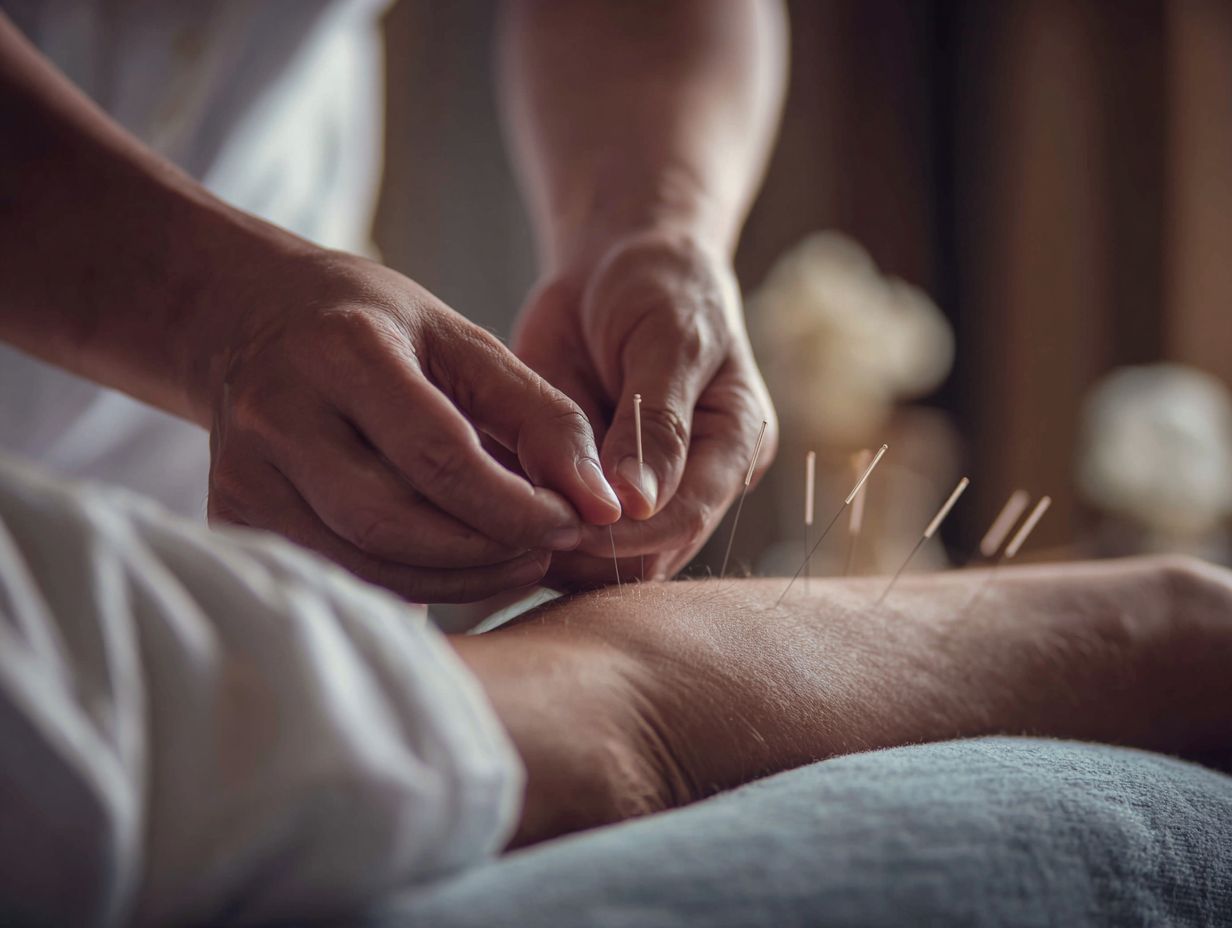
Different manual acupuncture methods have been carefully studied, providing information on how best to use them.
Research has shown that techniques such as traditional Chinese acupuncture, electro-acupuncture, and dry needling each have unique benefits depending on the condition treated.
For instance, traditional acupuncture is effective for chronic pain management, while electro-acupuncture is particularly useful for acute pain relief due to its ability to stimulate blood flow.
A study published in the Journal of Pain Research highlighted a significant improvement in chronic lower back pain using traditional methods.
To implement these findings, practitioners should tailor their approach by integrating multiple techniques based on patient needs and specific symptoms.
Future Directions in Manual Acupuncture
Manual acupuncture now uses modern tools and methods to improve the accuracy of treatments.
Practitioners should consider using tools like digital palpation devices, which give immediate feedback on muscle tension and energy flow.
Biofeedback systems can accurately track patient responses during sessions. Research areas worth pursuing include the efficacy of integrating acupuncture with telehealth, particularly in remote or underserved communities.
Attending workshops and online courses on these developments will be important for practitioners who want to improve their practice and achieve the best results for their patients.
Final Thoughts
Manual acupuncture keeps changing, providing new methods to tackle different health issues with its flexible techniques.
Doctors now use new tools like electronic needles to make treatments more accurate and comfortable for patients. Using methods such as trigger point therapy and cupping can improve treatment results.
Training programs focus on a well-rounded approach, mixing traditional methods with practices backed by research. For example, practitioners can now use software to monitor patient progress more easily.
These changes make sure that manual acupuncture stays important, covering both traditional methods and modern healthcare needs well.
Frequently Asked Questions
What is manual acupuncture?
Manual acupuncture is a form of traditional Chinese medicine that involves the insertion of thin needles into specific points on the body to stimulate the flow of energy and promote healing.
What are the different stimulation parameters used in manual acupuncture?
The four main stimulation parameters used in manual acupuncture are needle depth, needle manipulation, needle retention time, and needle frequency. These parameters can be adjusted to achieve different therapeutic effects.
What are the different techniques used in manual acupuncture?
Some of the most commonly used techniques in manual acupuncture include the traditional Chinese method of twirling or rotating the needle, the Japanese method of gentle insertion and shallow needling, and the Korean method of stimulating the needle with electricity.
What types of conditions can be treated with manual acupuncture?
Manual acupuncture can be used to treat a wide range of health conditions, including pain, digestive issues, respiratory disorders, neurological disorders, and mental health concerns. It is also commonly used as a complementary therapy for chronic conditions.
Is manual acupuncture safe?
When performed by a trained and licensed acupuncturist, manual acupuncture is generally considered safe. The needles used are sterile and disposable, and the procedure is non-invasive. Before starting treatment, make sure to share information about any medical conditions or medications you have.
How many sessions of manual acupuncture are needed to see results?
The number of sessions required to see results from manual acupuncture can vary depending on the individual and the condition being treated. Some people may experience relief after just one session, while others may require multiple sessions to experience significant improvement. Your acupuncturist can talk with you about a treatment plan made for your specific needs.

Sheetal Sharda has a background in CS. She got an interest in Holistic living back in 2018, and has since started exploring more into Naturapathy, Holistic Living, Yoga, and more. She got inspired to start SereneClinics to help people find reliable centers across the world.
